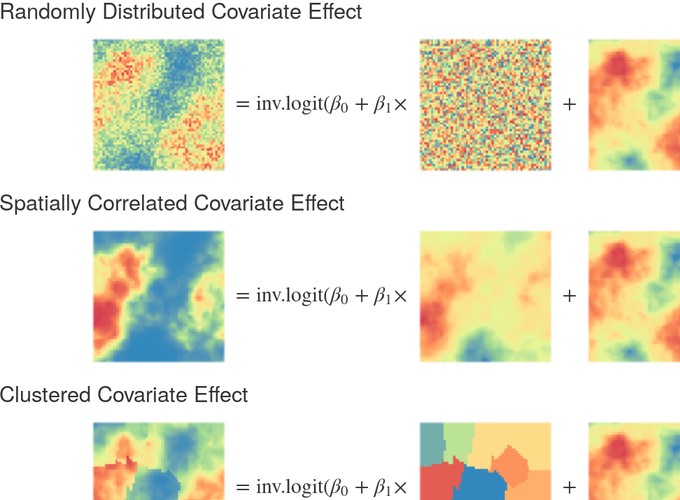 Image credit: Neal
Image credit: Neal
 Image credit: Neal
Image credit: Neal
There is an increasing focus on reducing inequalities in health outcomes in developing countries. Subnational variation is of particular interest, with geographic data used to understand the spatial risk of detrimental outcomes and to identify who is at greatest risk. While some health surveys provide observations with associated geographic coordinates, many others provide data that have their locations masked and instead only report the strata within which the data resides. How to harmonize these data sources for spatial analysis has seen previously considered though no method has been agreed upon and comparison of the validity of methods are lacking. In this paper, we present a new method for analyzing masked survey data alongside traditional geolocated data, using a method that is consistent with the data generating process.
You can read the full article here.